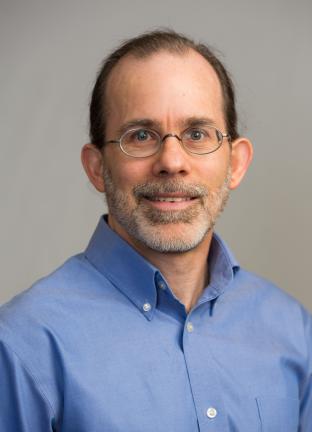Biography
Dr. Carlson is a Research Assistant Professor in the Department of Molecular and Integrative Physiology. His lab has focused over the past decade on using physics and engineering based approaches to understand and describe physiological systems in health and disease.
Dr. Carlson earned PhD in Mechanical Engineering in 2001 where his thesis focused on alterations in blood flow patterns within the microvasculature in sickle cell disease. After completing his PhD he conducted postdoctoral research at the University of Arizona working with Dr. Timothy Secomb and at the University of Washington working with Dr. James Bassingthwaighte. Before joining the University of Michigan, he was Assistant Professor of Physiology at the Medical College of Wisconsin.
Areas of Interest
Dr. Carlson’s specific research interests center on:
(1) Blood flow regulation. Mechanical (pressure and shear stress), neuronal (sympathetic tone), metabolic (ATP release) and humoral (circulating small molecules, e.g. Angiotensin II) stimuli are integrated locally in the resistance vessels of the vasculature to govern blood flow. Research on this topic focuses on utilizing experimental and theoretical methods to define the mechanisms transducing these stimuli into changes in vessel caliber and hence blood flow.
(2) Cardiovascular dynamics. Sympathetic tone plays an important role in the acute response of the cardiovascular system to changes in pressure and blood volume. Understanding how left ventricular pressure and volume changes with respect to changing sympathetic tone is of great interest and whole body cardiovascular models along with experimental studies are being used to quantify this relationship.
(3) Stem cell derived cardiomyocytes. Pluripotent stem cells can be differentiated into cardiomyocytes to provide a source of patient specific cells for pharmacological testing. How cardiomyocyte-like these cells are is still an open question. Theoretical work coupled with experimental work with collaborators at University of Wisconsin-Madison and Washington University at St. Louis are helping to understand how these cells change in their electrophysiological function and force generation capabilities immediately after differentiation and during cell maturation in culture.
(4) Semantic-based methods of model description and sharing. Computational models are developed with different standards and conventions in labs all over the world. In order to share, reuse and merge these models within the community, a method of attaching unambiguous biological and physics-based descriptors to components of the model is needed. Semantic-based methodologies to solve this problem are being developed with collaborators at the University of Washington and Medical College of Wisconsin.
Honors & Awards
- University of Washington Bioengineering Training Grant Postdoctoral Fellow
- University of Arizona IGERT Postdoctoral Fellow

